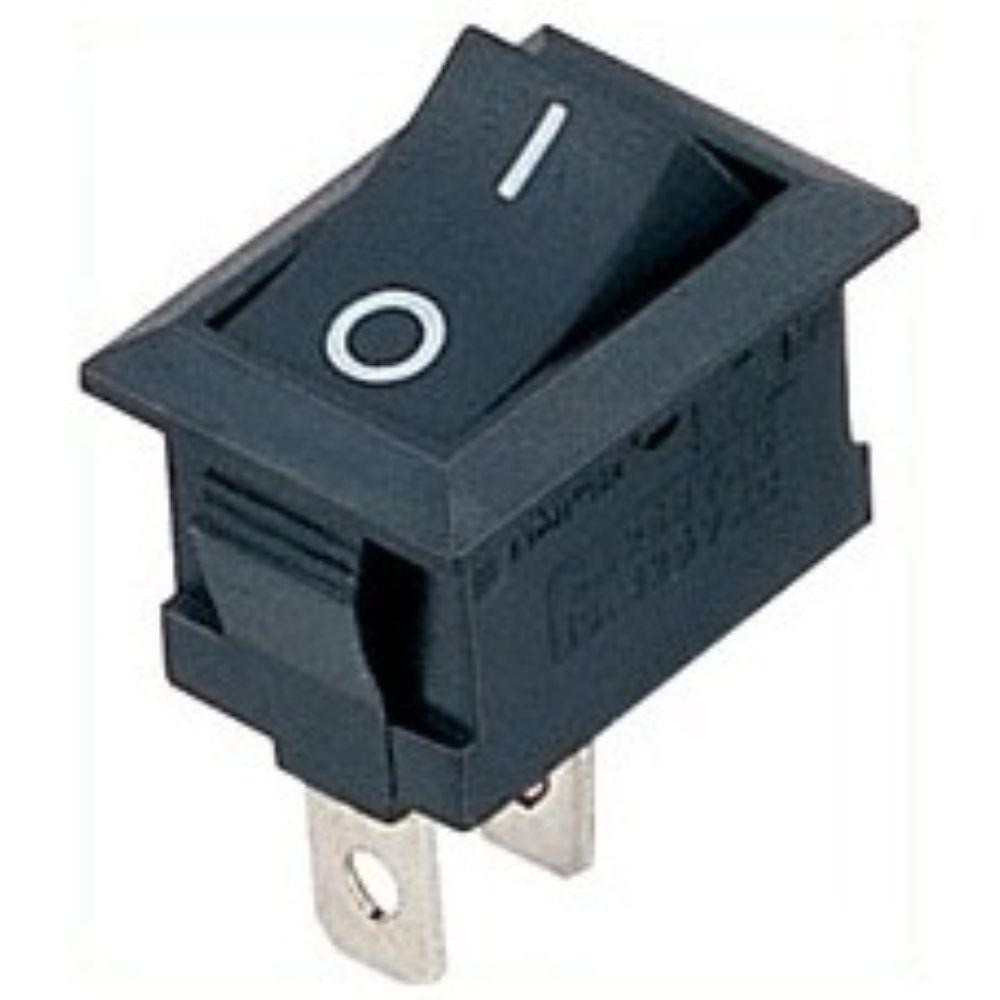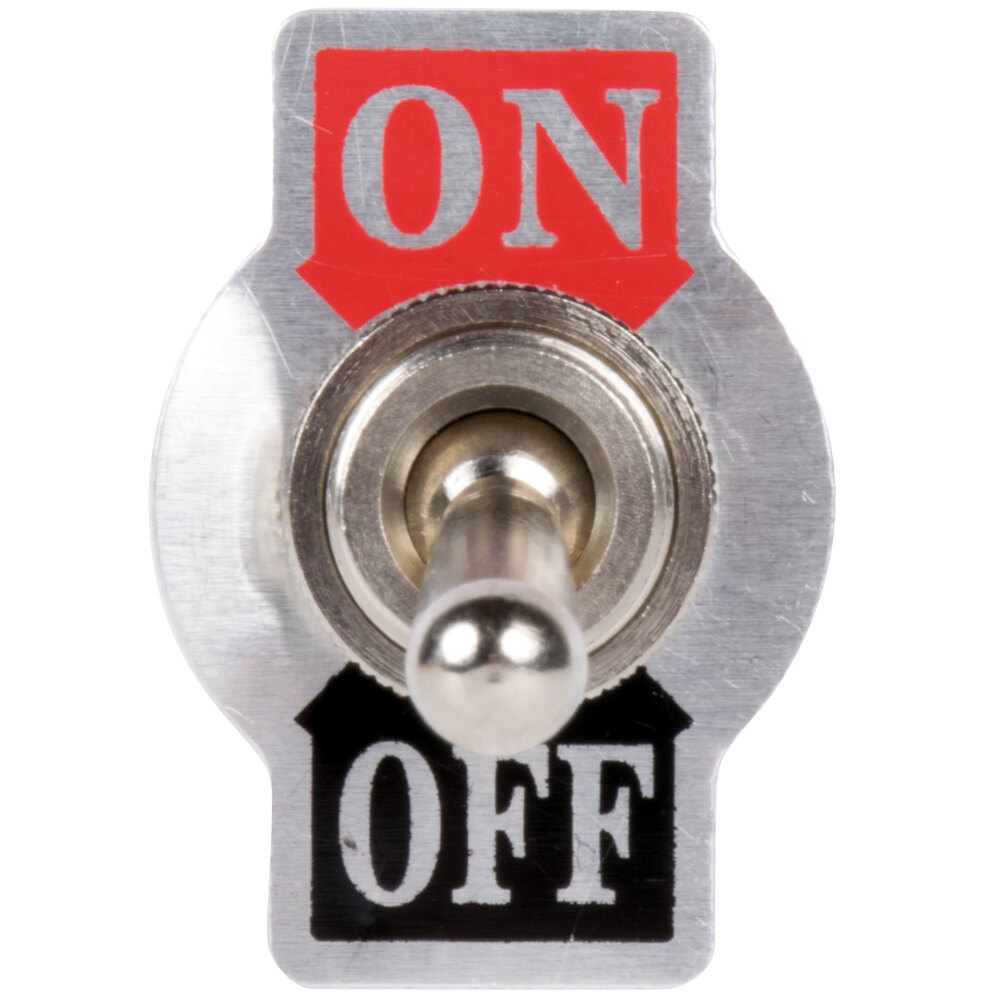
The views expressed herein are not necessarily the views of the Commonwealth of Australia, and the Commonwealth does not accept responsibility for any information or advice contained herein. We have teamed up with Greater Anglia and the community rail partnerships to encourage motorists to switch off their engines when waiting at level crossings. This Activity received funding from the Department of Industry as part of the Energy Efficiency Information Grants Program. Running a Workplace 'Switch-off' Campaign Rewards can be simple – like chocolates – to more elaborate vouchers and experiences when staff are working in teams or against time-based targets.Ī set of toolkits has been developed by CitySwitch, providing detailed step-by-step instructions, case studies, tips and techniques. ‘switch off lights whenever not in use’, ‘switch off monitor at night’, or ‘turn off printer at the wall’.Ĭommunicate: The workplace can have a range of channels for communicating what to do, the tone f the messages, workplace culture, and what the impact of ‘switching off’ can be.įeedback and Reward: Feedback refers to simply providing the data on what difference ‘switch off’ actions have made. Identify Actions: The audit allows you to identify precisely what savings could be achieved by the behaviour you are targeting, e.g. Measure: taking a methodical approach to find out how much energy any piece of equipment left on at night and weekends consumes, and how much greenhouse gas that will produce. CitySwitch has developed this toolkit to provide a simple set of steps to an effective campaign to get everyone to switch off equipment and appliances in the office when not in use. However-getting back to "there's no difference"-"turn off" is just an idiom and nobody even processes the word "turn" unless they are thinking about phrase origins.Switch-off campaigns are a simple, low-cost approach to reducing energy consumption across a business. In the digital era, the price of the traditional turning knob for controlling volume became relatively too high-much cheaper to control volume with button pushes or touchscreens-and we no longer "turn" a device off.

"Switch off" to me invokes a mental image of a railroad switch, where a train can be guided onto on track or another, and then by extension to an old-fashioned electrical "knife switch" (do a Google Image search to see what that is), and then to anything that controls electrical power. Its mostly used in a number of various forms since they are very simple to use and cut the time one needs to fill all the inputs. Wall switches that let you turn on a light as you entered a room and "unroll a carpet of light ahead of you" were a GE innovation of the 1920s!īefore the digital era, it was universal for electronic devices like television sets or phonographs to have a combined volume and power control operated by a knob you "turned down" the volume by rotating the knob to the right, and when it was all the way down there was a slight click and you "turned off" the power. Bootstrap switch/toggle is a simple component used for activating one of two predefined options. Early electric lights tried to imitate the familiar gaslight and worked the same way-a turning handle directly underneath the light fixture itself. For desktop, the ripple reaction isn't needed. Display the outer ripple only on form factors that use touch, where interaction may otherwise obstruct the switch completely. It's my GUESS that the phrase ""turn off the light," and might well go back to the days of GASLIGHT, when you turned off the light by turning the handle of a valve. Switches have enabled, disabled, hover, focused, and pressed states. As Neil says, "turn off" emphasizes the turning motion of the control, "switch off" emphasizes the electronic function of redirecting a flow. Idioms sometimes persist when technology changes.

Both mean "to de-energize" and there are no subtle differences in meaning. English I think "switch off" might be British.


 0 kommentar(er)
0 kommentar(er)
